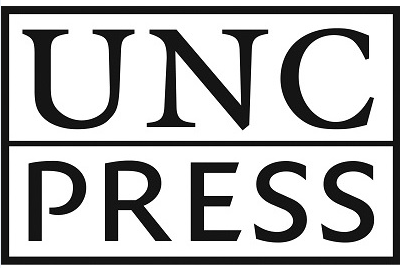For over a century, the idea that African Americans are
psychologically damaged has played an important role in discussions
of race. In this provocative work, Daryl Michael Scott argues that
damage imagery has been the product of liberals and conservatives,
of racists and antiracists. While racial conservatives, often
playing on white contempt for blacks, have sought to use findings
of black pathology to justify exclusionary policies, racial
liberals have used damage imagery primarily to promote policies of
inclusion and rehabilitation. In advancing his argument, Scott
challenges some long-held beliefs about the history of damage
imagery. He rediscovers the liberal impulses behind Stanley
Elkins's Sambo hypothesis and Daniel Patrick Moynihan's
Negro
Family and exposes the damage imagery in the work of Ralph
Ellison, the leading anti-pathologist. He also corrects the view
that the Chicago School depicted blacks as pathological products of
matriarchy. New Negro experts such as Charles Johnson and E.
Franklin Frazier, he says, disdained sympathy-seeking and refrained
from exploring individual pathology. Scott's reassessment of social
science sheds new light on
Brown v. Board of Education,
revealing how experts reversed four decades of theory in order to
represent segregation as inherently damaging to blacks. In this
controversial work, Scott warns the Left of the dangers in their
recent rediscovery of damage imagery in an age of conservative
reform.

